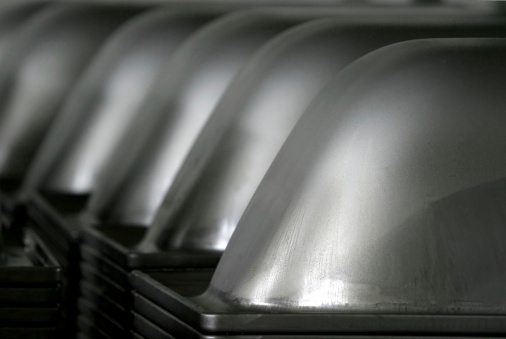
Deep Draw Hydroforming Aids in Medical Device Manufacturing
It has long been established that deep draw hydroforming is a technology that has staying power. The process in which deep draw hydorforming follows makes it a powerful solution for a variet ...
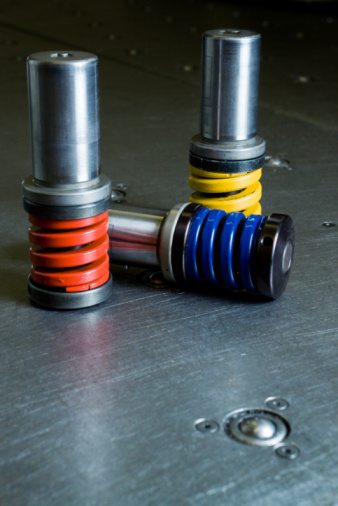
Report Says: Metal Stamping to Increase Thanks to Auto Industry
Metal stamping is a very important process to the manufacturing of automobiles. It plays host and is integral to a broad range of parts and finished goods. It transforms flat sheets of metal into ...
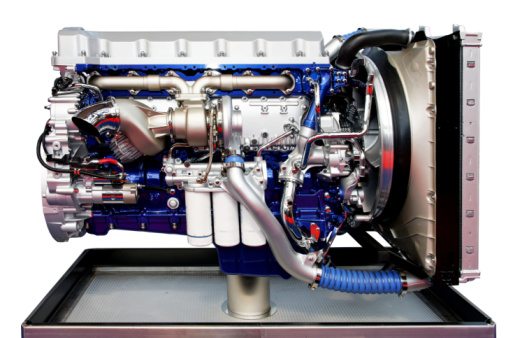
Aluminum Hydroforming Outperforming Steel Stamping
Hydroforming aluminum products has been around for the last few decades in some for or another. In the beginning, it was perfected to manufacture lightweight parts for the automotive industry as cars ...
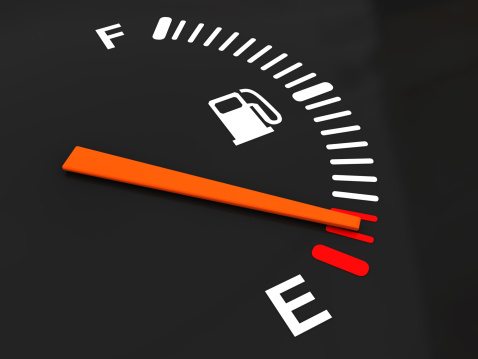
How the CAFE Standards Influence Engineering & Design
We were all taught about idealized cantilever beams in college. Little did we know then, that even the simplest of parts have their own histories, and are affected by things as se ...
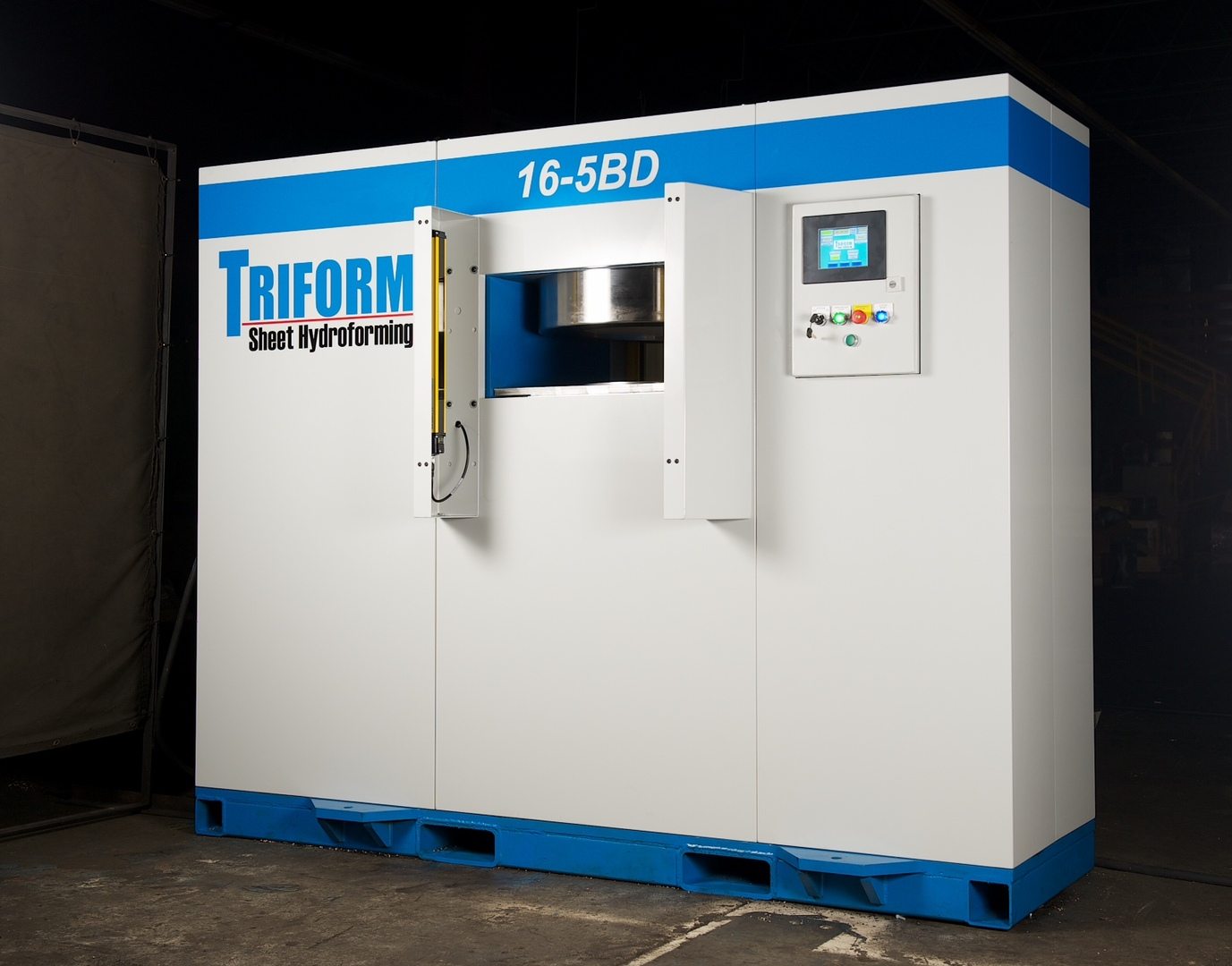
Deep Draw Hydroforming Innovations
September brought glad tidings in the world of deep draw hydroforming. Not only have power player Beckwood Press Company announced improvements in the area of low-volume, high-mix production, but it w ...
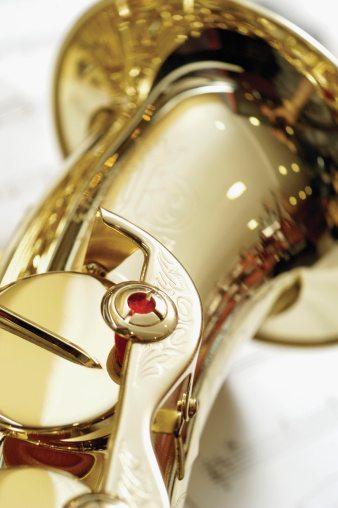
What is tube hydroforming and how is it used?
One of the questions we get asked a lot about our business is: what is tube hydroforming and how is it used? In order to understand tube hydroforming, perhaps one should first understand hydroforming ...
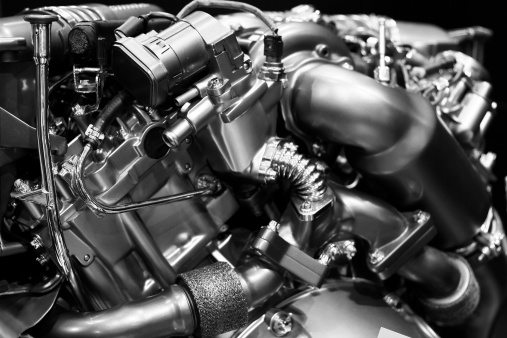
How American Hydroformers Can Serve You
Who We Are American Hydroformers is a high pressure hydroforming company that began in 2003. Based in the heart of America, Ft. Wayne, Indiana, American Hydroformers specializes in the hydroform tube ...
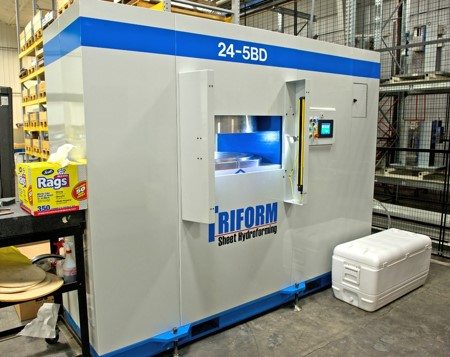
Aerospace Sheet Hydroforming Cuts Manufacturing Time
A prominent leader in hydraulic press and automation sheet hydroforming systems named Beckwood Press Company, has produced a hydroforming press especially catered to aerospace industry parts ...
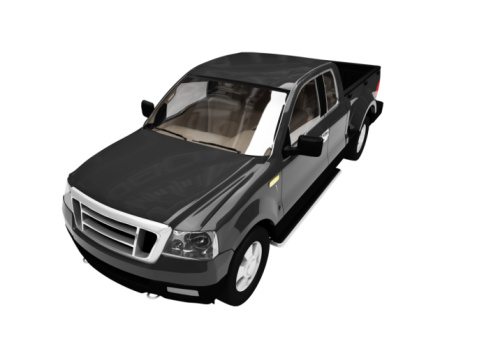
Aluminum Hydroforming Leaves Its Mark
As automotive and mountain-biking companies begin to roll out sneak peeks at their 2015 lineups, it is becoming increasingly apparent just how much new advancements in hydroforming aluminum have affec ...
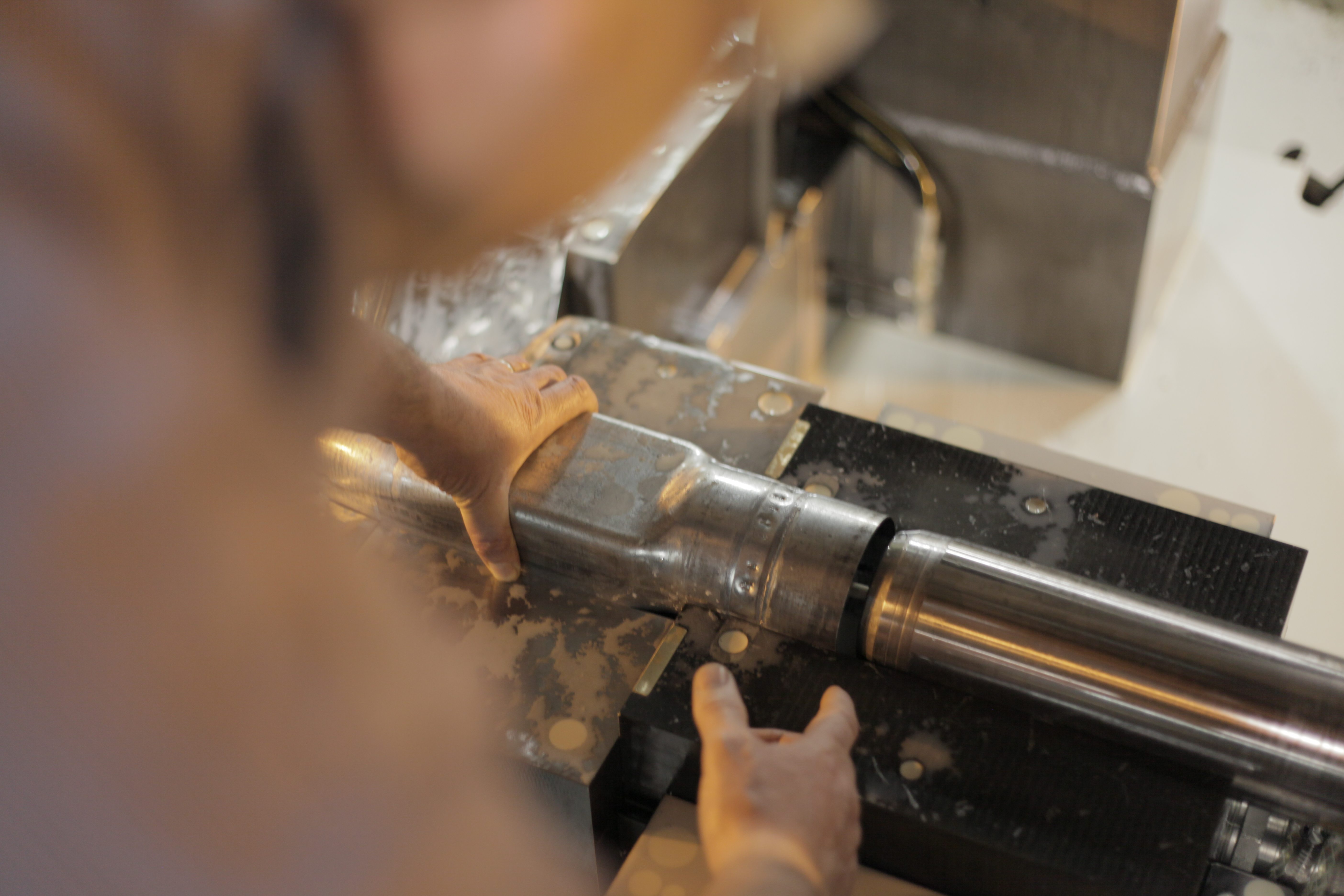
Three Applications for Tube Hydroforming Aluminum
While most people are only vaguely aware of the concept of hydroforming and its many benefits, even fewer are well-versed in the specifics of tube hydroforming aluminum. The unfortunate truth is that ...
